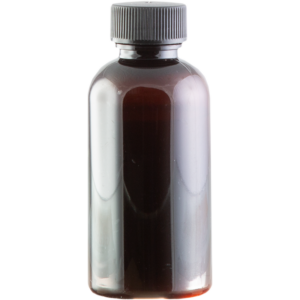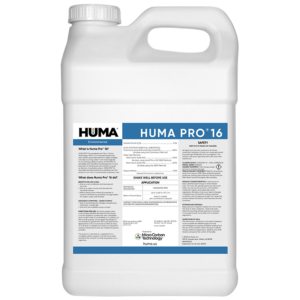Carbon-CH™
Benefits of Use:
- Provides a carbon source for denitrification processes
- Effective carbon food source (COD/BOD) for systems with high inflow and infiltration (I&I) issues
- Supports enhanced biological phosphorous removal (EBPR)
- Effectively replaces toxic or hazardous carbon sources
- Most rapid microbial acclimation on the market
- Most consistent carbon concentrations on the market
- Lowest carbon degradation on the market
Benefits of Use In Soil:
- Acts as a soil conditioner and improves soil structure
- Acts as a carbon source and stimulant for microbial colonies
- Affects physical and chemical properties to improve soil fertility by providing a storage system for carbon, water, and minerals
FAQs
Related Products
Related Case Studies

Bio Energizer® Reduces Sludge at Small Municipal Facility
Problem A small town in Utah (pop. 1,800) had a municipal wastewater system with a flow rate of 192,000 gallons per day. The system included a series of four lagoons that tapered to a depth of 6 feet, although at this time only Ponds 1 and 2 were being evaluated for treatment as they were

Bio Energizer® Toxicity Testing
Abstract Bio Energizer® is frequently used to facilitate bioremediation of wastewater. A study was conducted by an independent laboratory to measure possible negative effects Bio Energizer® might have on a freshwater test species (rainbow trout). Using EPA-approved methodology to evaluate Bio Energizer®, the lab administered the product at 10 ppm to a test tank and

Bio Energizer® Reduces Sludge at Small N.M. Municipal Facility
Problem A small town in New Mexico (pop. 1,300) had a municipal wastewater system with a flow rate of 50,000 gallons per day. The system included a series of three lagoons that tapered to a depth of 13 feet. Pond 1 had an average sludge depth of 1.9 feet, Pond 2 averaged 3.5 feet, and
Related Blog Posts

The Impact of Commonly Abused and Illicit Drugs in Wastewater Treatment
By Heather Jennings, PE, Senior Project Engineer for Probiotic Solutions® I was attending a wastewater conference and overheard an operator talking about how a drug bust turned his lagoon orange and almost put him out of compliance with his permit. At another location, I was told that the city I was visiting had been hit by

Lower Operating Costs with Super Phos®
Project Summary A paper mill wastewater treatment facility uses diammonium phosphate to maintain a healthy microbial population. These microorganisms, which break down the organic matter, require the correct concentration of available phosphorus, without which the microorganisms are unable to grow and reproduce.

It’s ALIVE!
by Heather Jennings, PE . . . the lagoon sludge layer, that is. I’ve seen many lagoons full of sludge, and the general attitude I find in the water industry is that the sludge layer is inert and really can only be mechanically dredged. To a certain point, that is correct: sand, soil, grit, plastics—basically






